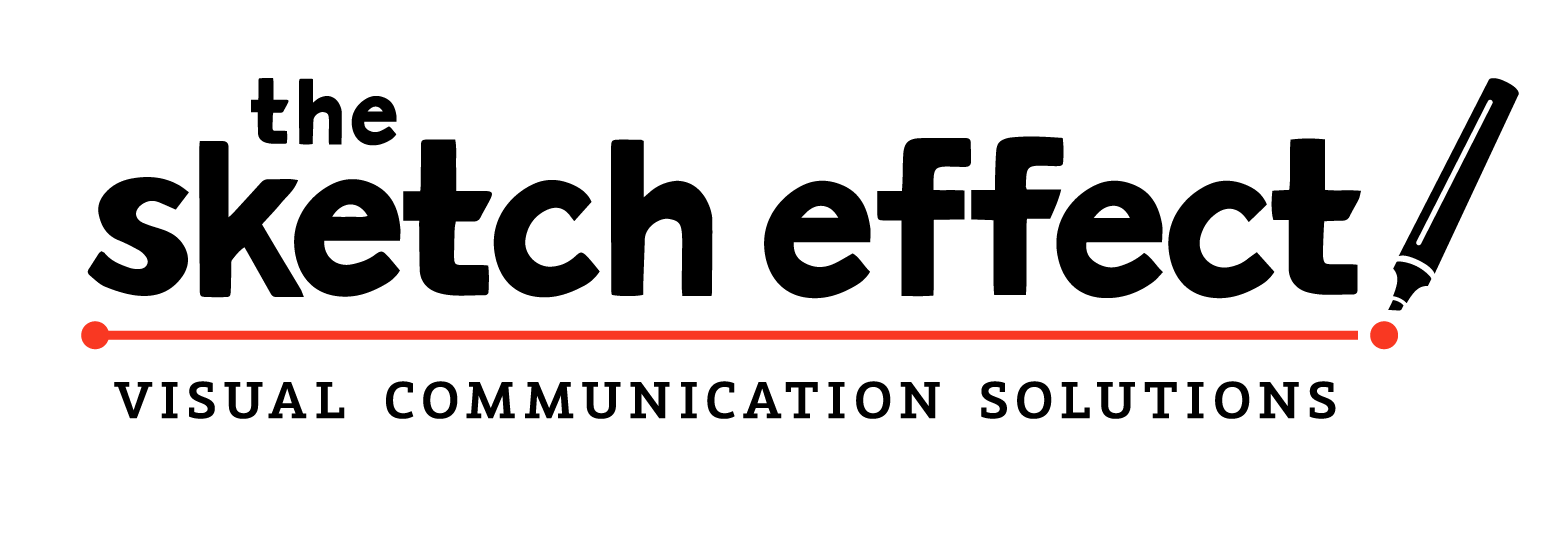Without question, in-person event planning has been dramatically affected this year, and the event industry has been rocked. Around 87% of business event professionals say they have canceled events this year because of COVID-19, according to PCMA research.
Some companies are looking for creative ways to meet health guidelines and still have in-person events in some capacity. However, most companies have already canceled or shifted to an online format. Some companies have even canceled 2021 in-person events. From conventions to fundraisers and product launches, companies are facing meeting and event planning challenges that no one saw coming.
How to Improve the Event Experience in 2020
Planning the right events will help meet critical business goals and objectives for increasing sales, building credibility, motivating your team members, and more.
COVID-19 has resulted in gathering restrictions and travel bans that impact areas all over the world in different ways. 2020 event planning checklists look different than in any year before. Professional event planners have to adapt quickly to get things off the ground without breaking the event budget, ruining the event experience, or losing audience engagement.
Some events that require detailed planning include:
- Conferences
- Trade Shows
- Seminars
- Off-Site Executive Meetings
- Company Parties
- Product Launches
- Milestone Celebrations
- Awards Banquets
- Fundraisers
Many of these are now being moved online — a huge shift requiring an entirely different format. Needless to say, the change has put incredible pressure on event organizers.
Creating exciting corporate events that people will actually show up for was hard enough before the restrictions. Now, most of these events don’t include the 3-day travel break from work, catered dinner, dynamic experiences, or networking opportunities that were enticing to attendees before.
All that said, here are three ways you can still plan events in 2020.
In-Person Events
Yes, there is still an option to hold a traditional event. These will obviously look a lot different with COVID-19 concerns factored in. Certain requirements may change an in-person event spending on the state, city, or even corporate direction. Some of the new changes for in-person events may include:
Limiting the attendees: For some companies, only the biggest players and key stakeholders are invited to events to keep the numbers down. You might choose to record the event or live stream it for other guests. Unfortunately, this can cause some hurt feelings if there isn’t a clear line for who should attend and who doesn’t make the cut, so it’s important to consider this before the event.
Requiring masks: There is a lot of controversy surrounding mask-wearing, and not all companies are prepared to work through this. To have an in-person event, you will have to understand the local requirements as well as your company’s policy regarding mask-wearing. This can be off-putting to some guests, no matter where you stand on the issue.
Renting a larger venue to increase social distancing: Getting a bigger space may cost more, but it would help give guests more room to spread out and observe social distance. For product launches and trade shows, spreading out displays or vendors is a must.
Keeping people seated in segmented groups or at tables: You can help mitigate mingling and passing extra germs by keeping people in spaced out stationary areas. For company parties or fundraisers too hard to move online, this may be an option for keeping at least part of the event in-person.
Live Virtual Events
With in-person events holding much more stress, the most straightforward plan is to move your event online. However, there are definitely some challenges for virtual events that aren’t a factor with in-person gatherings. Understanding those issues will make it easier to plan an online event that is worth your time and your audience’s time.
For one, it can be harder to captivate people’s attention from a screen. It may take more work to convince your target audience to sign up for something they won’t physically attend. While the introverts in the room will be thrilled to stream from the comfort of their own home, others might struggle to feel connected when they can’t be seen or heard. Some of the most successful options for live virtual event formats include:
- Q&A
- Chat
- Immersive Visual Experiences
- Interactive Features
- Webinar
- Live Streamed Speakers
There are several things you can do to plan a successful live virtual event:
Attendee engagement: Offer ways for your audience to interact and build those into your event. Your speakers should consider taking questions that are chosen from the live chat. For live events, a key part should be how you are able to interact with the audience. Otherwise, a pre-recorded event might make more sense.
Immersive experiences: Utilize creative and exciting approaches that will grab attention and get your viewers’ attention. If you hire an excellent graphics company, you could have live virtual sketching or graphic recording to promote event discussion and engagement. Live sketching can even include audience interaction. Unexpected elements like this will help make the event more exciting than a few speakers talking to a screen.
Choose a platform: YouTube Live, Periscope, Facebook Livestream, Vimeo, Skype for business, Zoom, GoToWebinar—there are a lot of live streaming options out there. You will have to consider quality, reliability, audience access, cost and other key factors that change with each platform. You will want to consider privacy, invite-only options, screen sharing capabilities, event app functions and chat options. For large scale events, you need a platform that will be able to handle the traffic without crashing.
Strategize with event marketing: Just like your in-person events, you will need to really push the marketing for live online events to boost attendance. From email marketing to social media ads, getting your audience excited is a big part of a successful event — especially when it’s both live and virtual.
Book a venue or thoughtful setup: Just because the event isn’t in-person doesn’t mean you need to be streaming your presentations from your office. Wherever you choose as your virtual stage, choose flattering lighting and quality sound for your viewers. A lovely space or backdrop will add to the quality. From framing and angles to volume, do a trial run to ensure your event technology is working, and everything will translate well to your computer capture.
Stay focused: With a virtual event, speakers can’t read their crowd. You may tend to ramble or run with a joke that just isn’t landing. Plan out your event ahead of time and stick to your schedule. It can help have the speakers in the same physical space where it is easier to interact and keep pace.
Physical aspects: Drive-in or pickup options exist if your event is locally focused. Your guests can get packages that keep them all on the same page. This could include workshop materials as well as fun items (like wine or chocolate to enjoy during the streaming).
A hybrid event might have key stakeholders (like bosses or board members) hand out items in a pre-event contactless pickup for scheduled attendees. This can help give a personal touch to company parties or donor events.
Recorded Events
When you pre-record, you have more control over quality for publishing. It allows you to tighten up the presentations, edit the video, and give the green light before it goes live. Recorded corporate events can be released after a big countdown and streamed as live to make them more time-relevant if that is important. The big trade-off, of course, is that a pre-recorded event doesn’t have the interaction of a live event.
Whether you are hosting a live virtual event or want to pre-record an event, recording allows you to preserve your hard work as long term value. With a live event, recording the streaming allows you to include guests that couldn’t attend.
To have a great recorded event, you may want to:
Focus on quality: There is a big difference between a live virtual office party and a webinar that is going to stay on your site for years to come. From lighting and clipping to graphics, make sure your video is honed to something that really represents your brand.
Know your audience: This is true with all content, but publish content for a specific audience (and not for your brand). A product launch, for example, could really be more of a product tutorial video that showcases use.
Break up the content: Your event doesn’t have to be one long video of speakers. If you are doing a webinar or conference, break up your recordings into very specific content bytes. That way, future viewers will seek them out to answer very specific questions. You might even use an event map so that attendees can select which segments they are working on.
Still offer interactive options: The attendees can still be given the option to chat if you choose to set your pre-recorded content up as live events. You can also have a chatbot on hand to answer questions or get people on email lists for post-event communications.
Add the Power of Animation to Your Events
Are you looking for creative solutions that will increase your event engagement? Let’s chat! The Sketch Effect offers creative visual graphics and animation to take every part of your event to the next level. From event promotion to creating an event your guests will cherish, we’ve got the skills to help make it your best yet!







